10 Beginner-Friendly No-Equipment Workouts to Build Strength in 2025
Did you know that over 60% of beginners quit working out within the first three months because they feel it’s too hard or expensive? That’s where no-equipment, beginner-friendly workouts come in. These exercises are simple, safe, and incredibly effective for building strength—without needing a single dumbbell or resistance band.Whether you’re working out in your bedroom, backyard, or even a tiny apartment, these 10 routines will help you get stronger, more confident, and more energized. Let’s dive in!
1. Bodyweight Squats
Bodyweight squats are a cornerstone of strength training for a reason. They’re functional, effective, and require zero equipment. Plus, they mimic movements you use every single day—like sitting, standing, and climbing stairs.This lower-body powerhouse targets your quadriceps, hamstrings, glutes, and calves, helping you build muscle and improve balance. The key is form. Keep your feet shoulder-width apart, chest up, and push your hips back like you’re sitting into a chair. Go as low as your mobility allows, and rise back up.For beginners, start with 2–3 sets of 10–12 reps. As you gain strength, you can add tempo (slowing down the descent), pauses, or increase your reps. Over time, squats can significantly enhance leg strength and stability—even without weights.
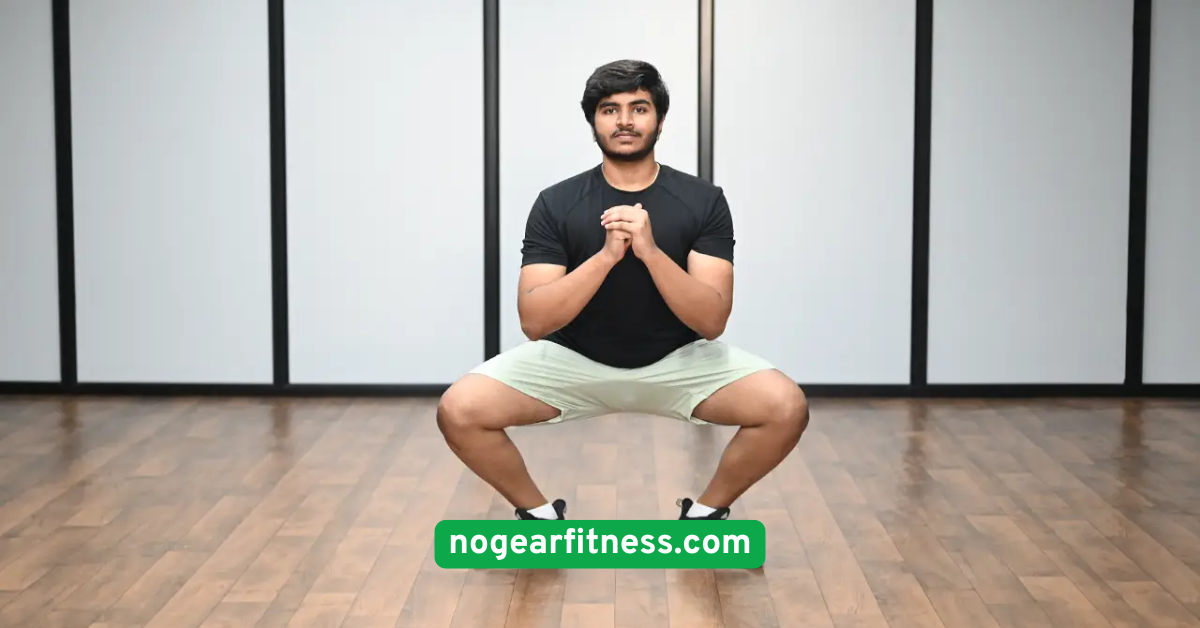
2. Wall Sits
Wall sits are deceptively simple, but don’t let that fool you. This isometric (static) hold burns like crazy—and that’s a good thing! It’s a perfect way to build endurance in the thighs, glutes, and calves without putting stress on the joints.To perform a wall sit, lean against a flat wall, slide down until your knees are at a 90-degree angle, and hold. That’s it! Start with 20 seconds and work your way up to a minute or longer as your legs get stronger.It’s excellent for people with limited space or who prefer low-impact strength training. Add it to the end of your workout or use it as an active break throughout your day. You’ll feel the burn in all the right places!
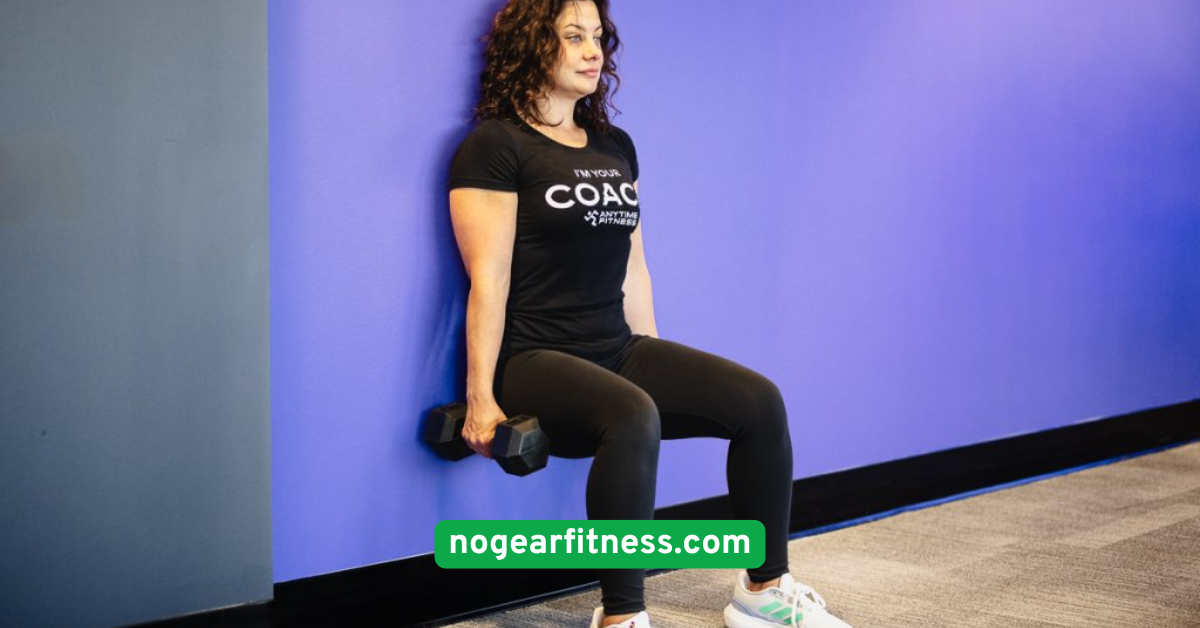
3. Incline Push-Ups (on a Table or Wall)
Push-ups can be tough for beginners—but incline push-ups are the perfect stepping stone. They build upper body strength while easing the strain on the shoulders and wrists, making them ideal for newcomers.Place your hands on a sturdy surface like a table or wall, walk your feet back, and perform a push-up. Keep your body in a straight line and focus on lowering yourself with control. You’ll work your chest, shoulders, arms, and core all at once.Start with 2 sets of 8–10 reps. As you build strength, progress to a lower surface and eventually the floor. You’ll be surprised how quickly your upper body becomes more defined, stronger, and ready for more advanced variations.
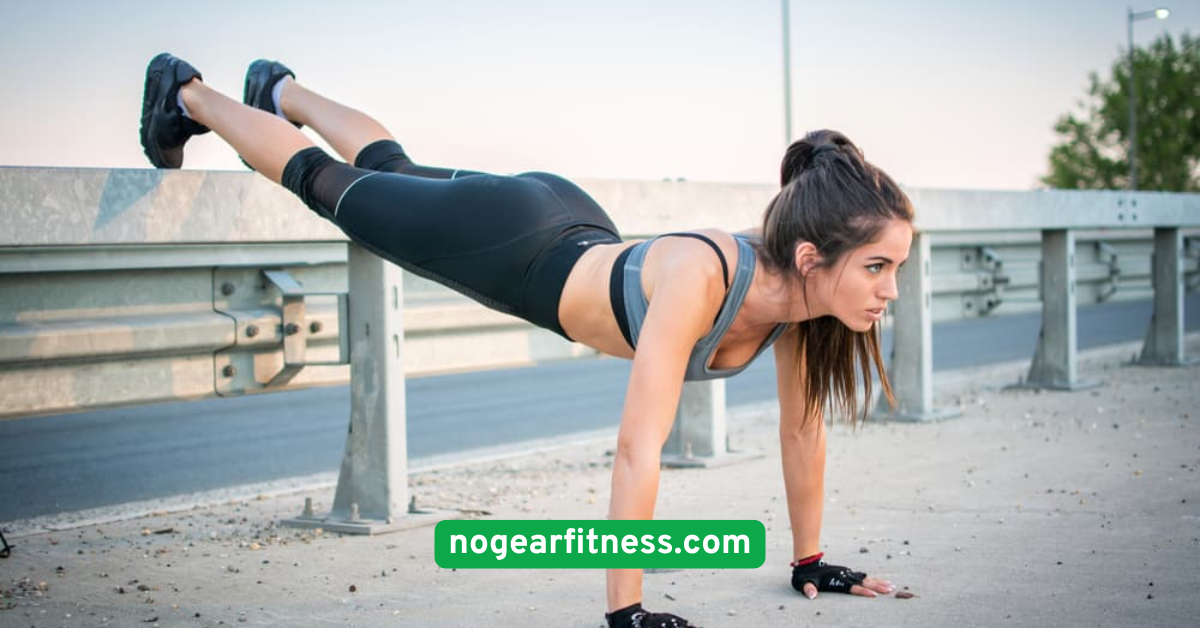
4. Glute Bridges
Glute bridges are a must for anyone looking to strengthen their posterior chain—that includes your glutes, hamstrings, and lower back. They’re especially good for people who sit for long hours, as they help counteract hip tightness and improve posture.To do a glute bridge, lie on your back, knees bent, feet flat. Press your feet into the floor and lift your hips toward the ceiling while squeezing your glutes. Lower back down with control.Do 3 sets of 12–15 reps. Add a pause at the top for more intensity. Glute bridges are gentle on the spine and effective for building strength without stress or strain, especially for beginners.
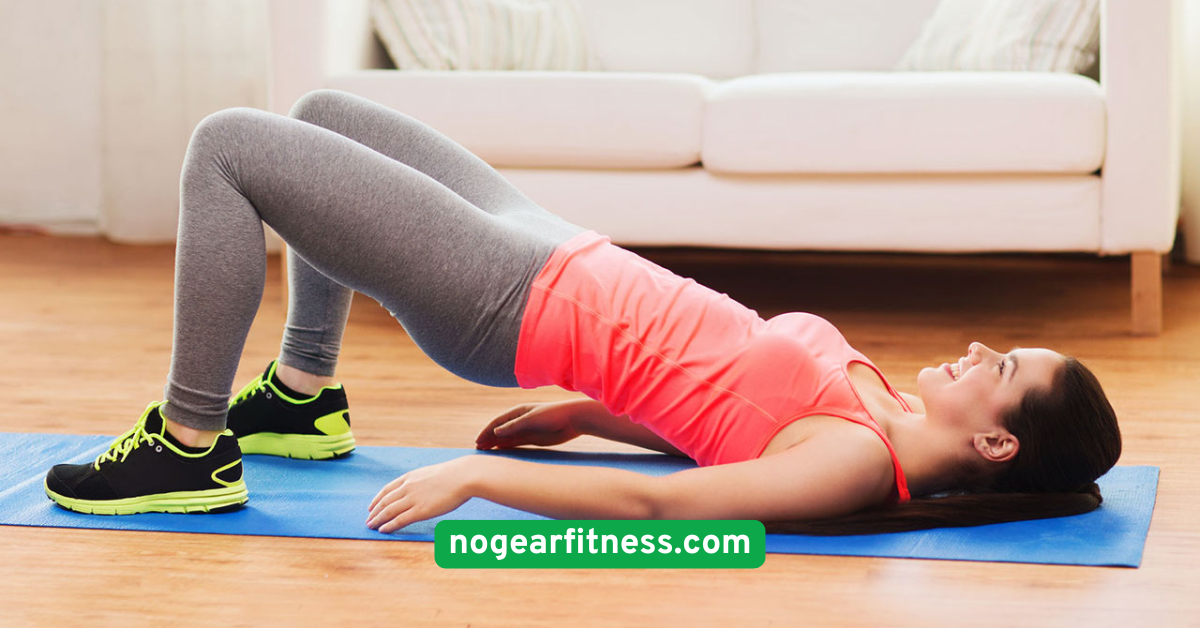
5. Plank Holds
If you want a stronger core, there’s no better place to start than with a plank. But unlike crunches, planks engage your entire body—from your abs and lower back to your shoulders, glutes, and thighs.Begin in a forearm or high plank position. Keep your back flat, abs tight, and body aligned like a board. Aim for 15–30 seconds if you’re new. It might not seem like much, but you’ll quickly feel how challenging it is.Planks are excellent for stability and injury prevention, especially for beginners who want to build a solid foundation before attempting more dynamic core exercises.
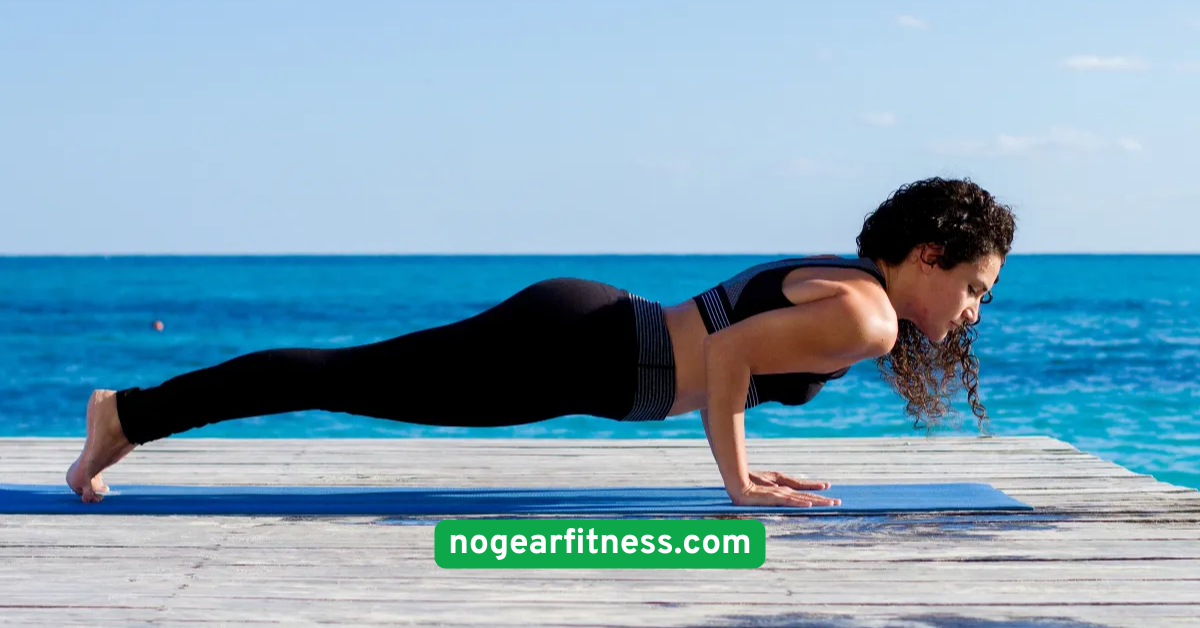
6. Step-Ups (on Stairs or a Chair)
Looking for a simple but effective leg and cardio combo? Step-ups are your best friend. They mimic the movement of climbing stairs and are fantastic for targeting the glutes, hamstrings, and quads, all while improving your balance.Use a sturdy surface like a step, bench, or low chair. Step up with one foot, press through the heel, then bring the other foot up. Step down and repeat. Alternate legs or do 10–12 reps per side.This exercise builds functional strength and can be modified for all fitness levels. It’s also a great way to work up a sweat without high-impact jumping or running.
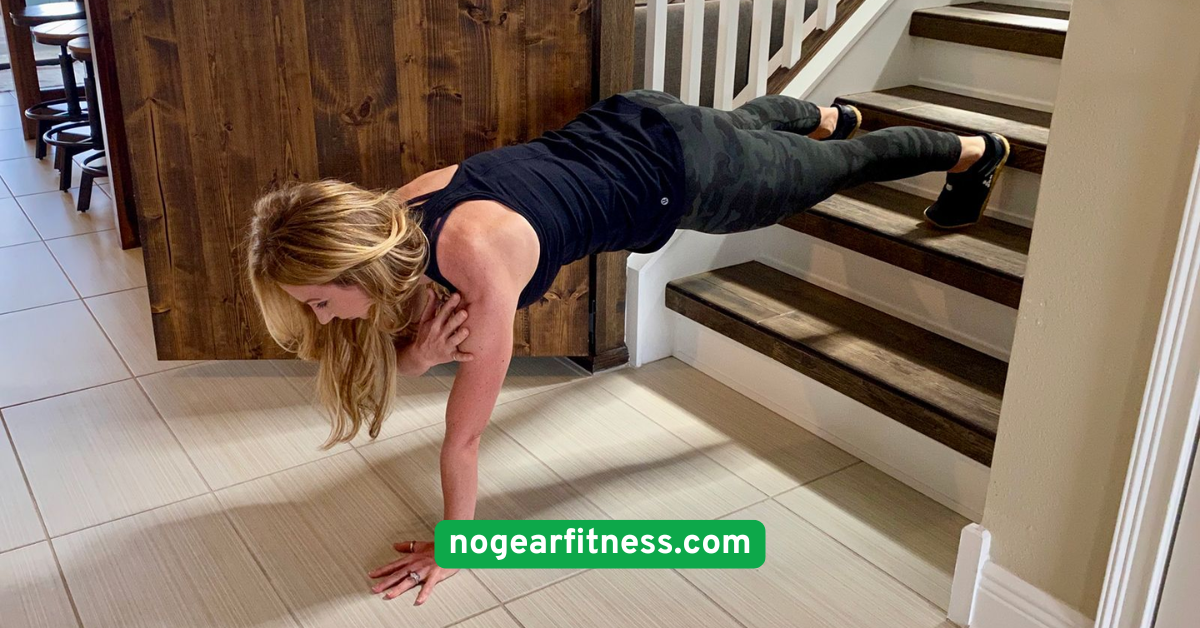
7. Bird Dog
Bird Dog might sound like a silly name, but it’s one of the best beginner-friendly core exercises around. It’s a low-impact movement that improves coordination, balance, and spinal stability—making it perfect for total beginners.Start on all fours, then extend one arm and the opposite leg at the same time. Keep your hips level and core tight. Pause, then return to start and switch sides. Go for 10–12 reps per side.This move activates deep core muscles while strengthening your lower back and improving body awareness. It’s especially helpful for those recovering from injury or easing into fitness.
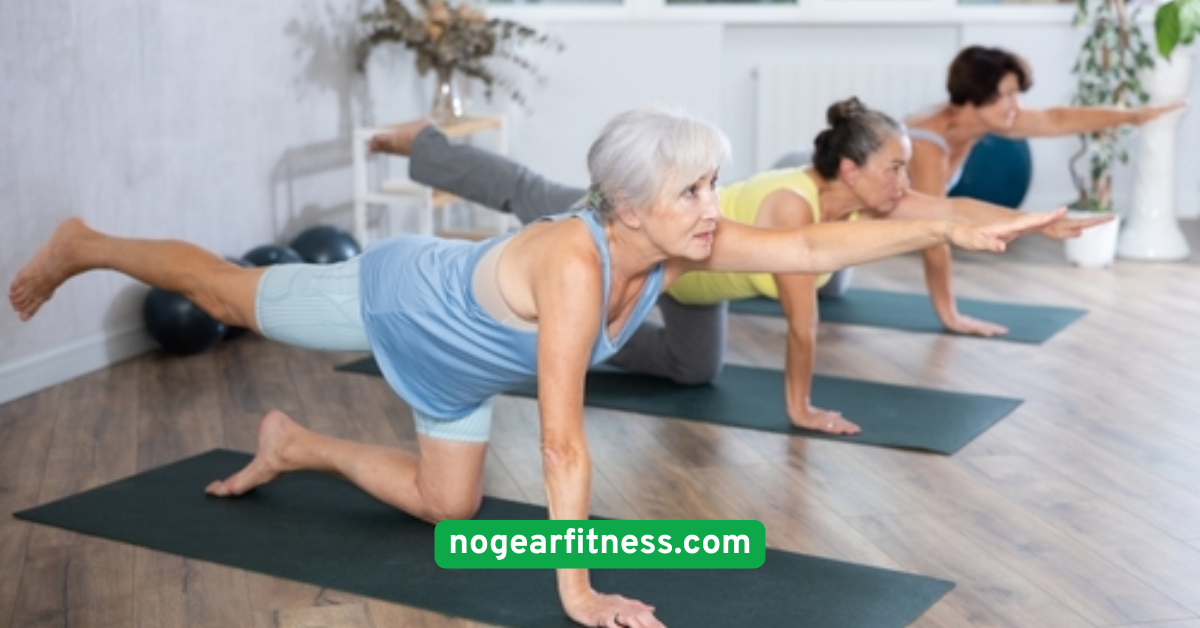
8. Superman Hold
Another excellent bodyweight move is the Superman hold, named after the flying pose of the iconic superhero. It’s a simple way to target your lower back, glutes, and shoulders, and it’s incredibly beginner-friendly.Lie face down on a mat, arms extended forward. Simultaneously lift your arms, legs, and chest off the floor. Hold for 10–30 seconds, then relax. Repeat 2–3 times.The Superman is excellent for improving posture and preventing back pain. It’s also a gentle but powerful way to activate the posterior chain—often the most neglected part of the body.
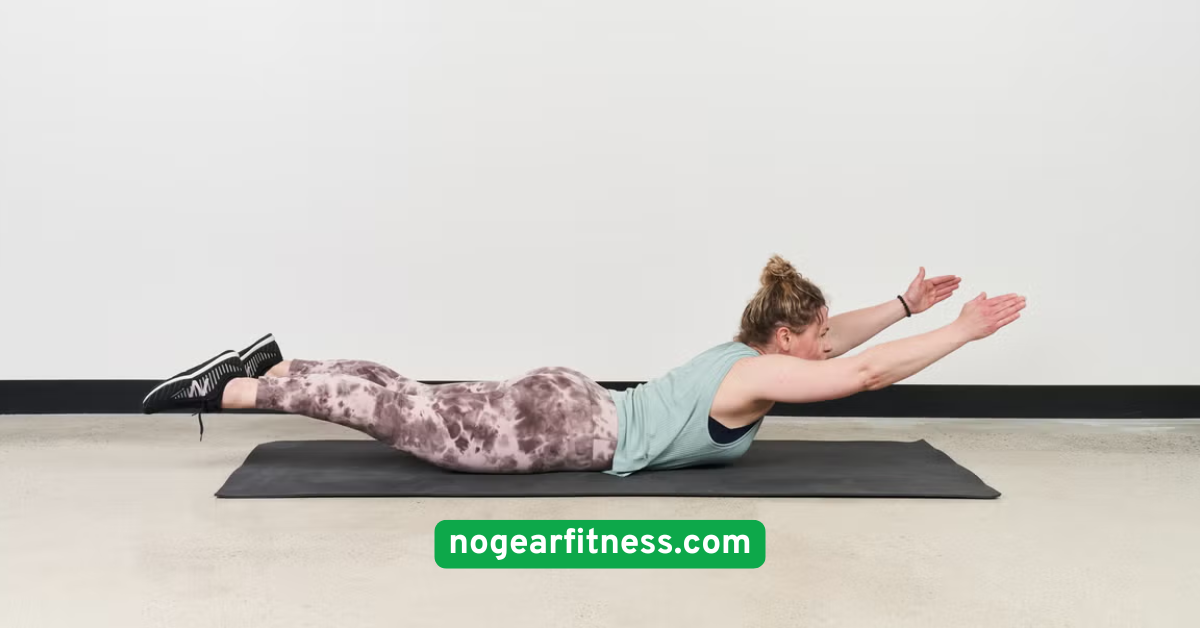
9. Standing Calf Raises
Strong calves aren’t just for looks—they’re essential for stability, balance, and ankle support. The best part? You can train them anytime, anywhere, with something as simple as standing calf raises.Stand upright, feet hip-width apart. Raise your heels off the ground as high as you can, hold for a second, then lower slowly. Do 3 sets of 15–20 reps.You can do them on flat ground or the edge of a step for added range of motion. It’s a small move with big benefits, especially for runners, walkers, and beginners wanting strong, functional legs.
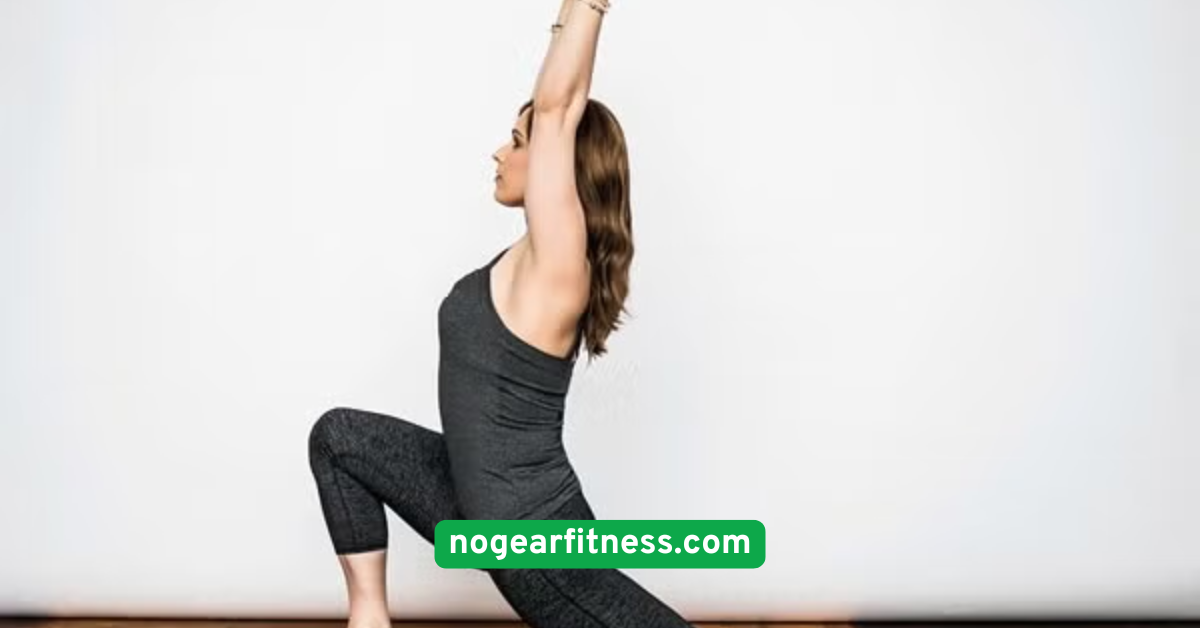
10. Arm Circles
Let’s not forget the upper body. Arm circles are an underrated move for building shoulder endurance, mobility, and tone, all without a single dumbbell in sight.Stand tall, extend your arms to the sides, and make small circles forward for 20–30 seconds, then reverse. Increase the size of the circles as you go. Repeat 2–3 sets.This move gently wakes up the arms, shoulders, and upper back, making it a great warm-up or finisher. It’s also incredibly beginner-friendly, low-impact, and surprisingly effective for toning.
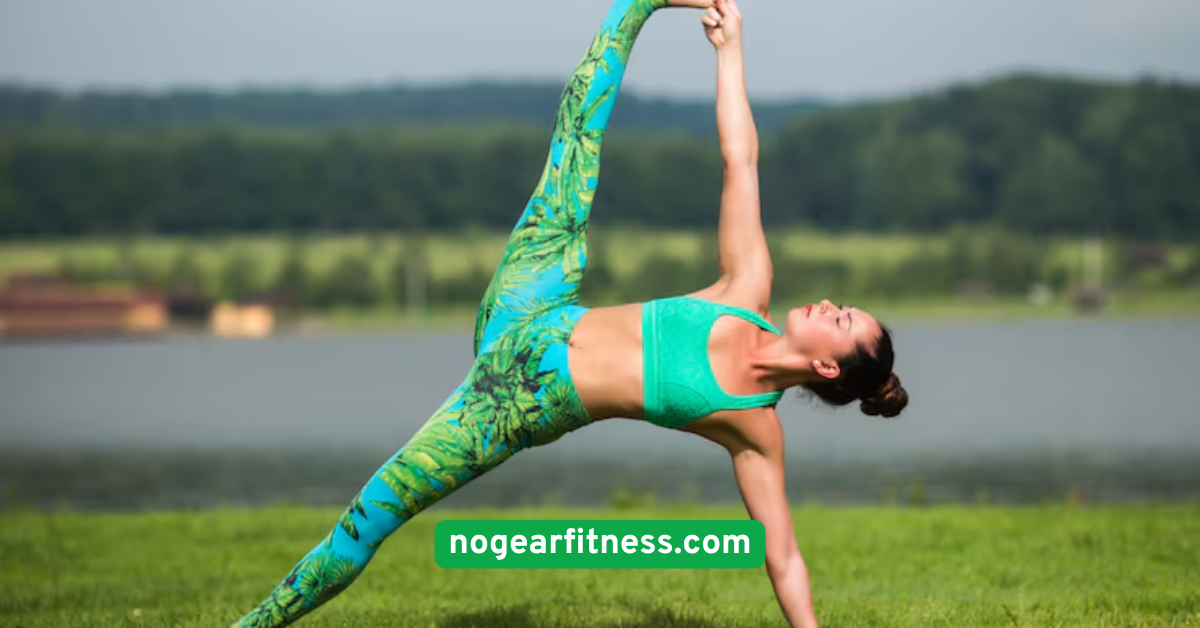
Conclusion
You don’t need weights. You don’t need machines. And you definitely don’t need to spend a fortune. With these 10 beginner-friendly, no-equipment workouts, you have everything you need to build strength, gain energy, and feel amazing—right from home.
Remember, fitness is a journey, not a race. Start with 2–3 exercises from this list, build a simple routine, and stay consistent. Over time, your body will adapt, your strength will grow, and your confidence will soar.
So roll out a mat, lace up your sneakers (or go barefoot!), and start your strength journey today—no equipment required. Your future, fitter self will thank you!





